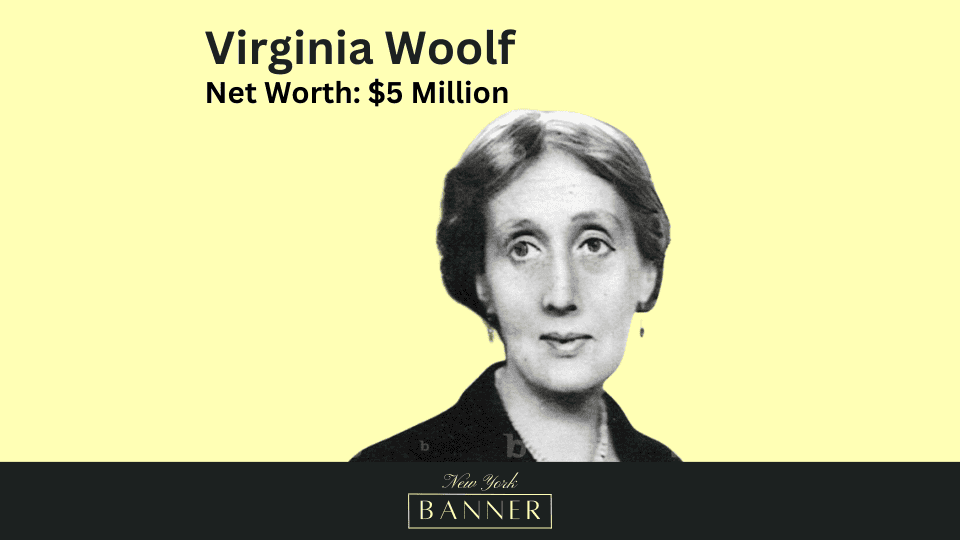Virginia Woolf was an English writer known for her contributions to modernist literature in the early 20th century, notably through her use of stream of consciousness as a narrative technique. Her works, including the novels Mrs. Dalloway and To the Lighthouse, have cemented her status as a key figure in literary history. While her literary achievements are well-recognized, estimating Virginia Woolf’s net worth presents a challenge, as financial success during her lifetime varied, and the enduring popularity of her work has since influenced the value of her estate.
Assessing her net worth requires consideration of her lifetime earnings from book sales, publishing contracts, and inheritances. Woolf was a novelist, essayist, and publisher, co-founding the Hogarth Press with her husband, Leonard Woolf. This enterprise not only expanded her income but also gave her more control over the publication of her works. Woolf’s financial status was also shaped by the economic context of her time and the assets she held at the time of her death in 1941.
Contemporary interest in Woolf’s work and its impact on the current value of her intellectual property adds another layer to the discussion of her net worth. Her novels and essays continue to be studied, analyzed, and enjoyed, leading to posthumous sales and adaptations contributing to her ongoing financial legacy. Therefore, while exact figures may be elusive, Virginia Woolf’s financial impact on the literary world extends beyond her lifetime and grows as new generations discover her writing.
Content of This Article
- Virginia Woolf’s Appearance
- Facts About Virginia Woolf
- Virginia Woolf’s Net Worth
- Early Life
- Virginia Woolf’s Husband and Family
- Virginia Woolf’s Career
- Virginia Woolf’s Awards and Achievements
- Virginia Woolf’s Controversies
Virginia Woolf’s Appearance (Height, Hair, Eyes & More)
| Height |
5 ft 7 in
1.70 m |
| Weight |
120 pounds
54 kg |
| Hair Color | Black |
| Eye Color | Blue |
| Body Type | Average |
| Sexual Orientation | Straight |
Facts About Virginia Woolf
| Nationality | British |
| Estimate Net Worth | $5 million |
| Religion | N/A |
| Zodiac Sign | Aquarius |
| Birthplace | Kensington, London, United Kingdom |
| Birthday | January 25, 1882 |
Virginia Woolf’s Net Worth
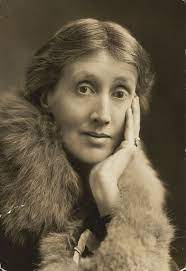
As of 2023, Virginia Woolf’s net worth was estimated to be $5 million. Virginia is a foremost figure in modernist literature, acclaimed for her narrative form innovations and pioneering the stream of consciousness as a narrative device. Born in the heart of England’s capital on January 25, 1882, Woolf became an icon in literary and feminist landscapes. Her work in novels such as “Mrs. Dalloway” and “To the Lighthouse” cemented her status as an influential author in English literature.
The esteemed novelist’s estate, gauged as of early June 2023, is valued at an estimated $5 million. This valuation underscores her enduring popularity as a novelist, comparable to the likes of Emily Brontë in both acclaim and fiscal success.
Woolf’s writing continues to resonate through time, and her influence pervades the realm of modernist texts, where her exploration of psychological realms and temporal fluidity mark her contributions as timeless. Despite personal struggles with depression throughout her life, Woolf’s literary achievements and her financial legacy reflect the impact of her intellect and artistry.
Her premature departure at 59 did not diminish the lasting value of her work, which remains a source of study and admiration. Woolf’s financial standing at the assessment is a testament to the lasting power of her written word and her eminent position in the pantheon of novelists.
Early Life
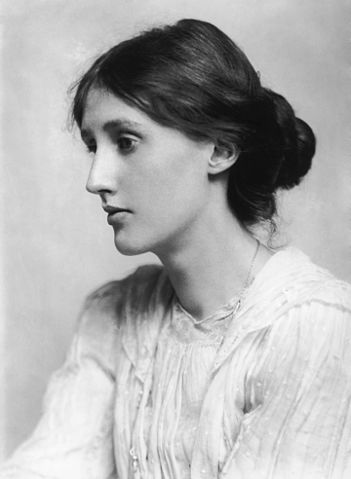
Adeline Virginia Stephen, known as Virginia Woolf, was born on January 25, 1882, in Kensington, London, United Kingdom, into an affluent family with a rich intellectual and artistic heritage. Her father, Leslie Stephen, was a notable historian, author, and mountaineer. Her mother, Julia Stephen, was renowned for her beauty and a preeminent hostess of the Victorian era. They provided Virginia a stimulating home environment filled with influential Victorian literary and historical figures.
Education
Virginia Woolf did not receive a formal university education, which was typical for women of her social standing during her time. However, her father, Leslie Stephen, ensured she had access to his vast library, allowing her to immerse herself in classic and contemporary literature. The intellectual milieu enriched this self-guided learning environment in which she was raised, fostering her eventual innovative literary style.
Virginia Woolf’s Husband and Family
Virginia Stephen married Leonard Woolf, a political theorist, author, and civil servant, in 1912. Leonard supported Virginia through her difficulties and her career as a writer. She was the sister of painter Vanessa Bell and brothers Thoby and Adrian Stephen. Vanessa, Thoby, Adrian, and Virginia formed the core of the Bloomsbury Group, a circle of intellectuals, writers, and artists who would meet and exchange ideas—a significant influence on her work.
Virginia Woolf’s Career
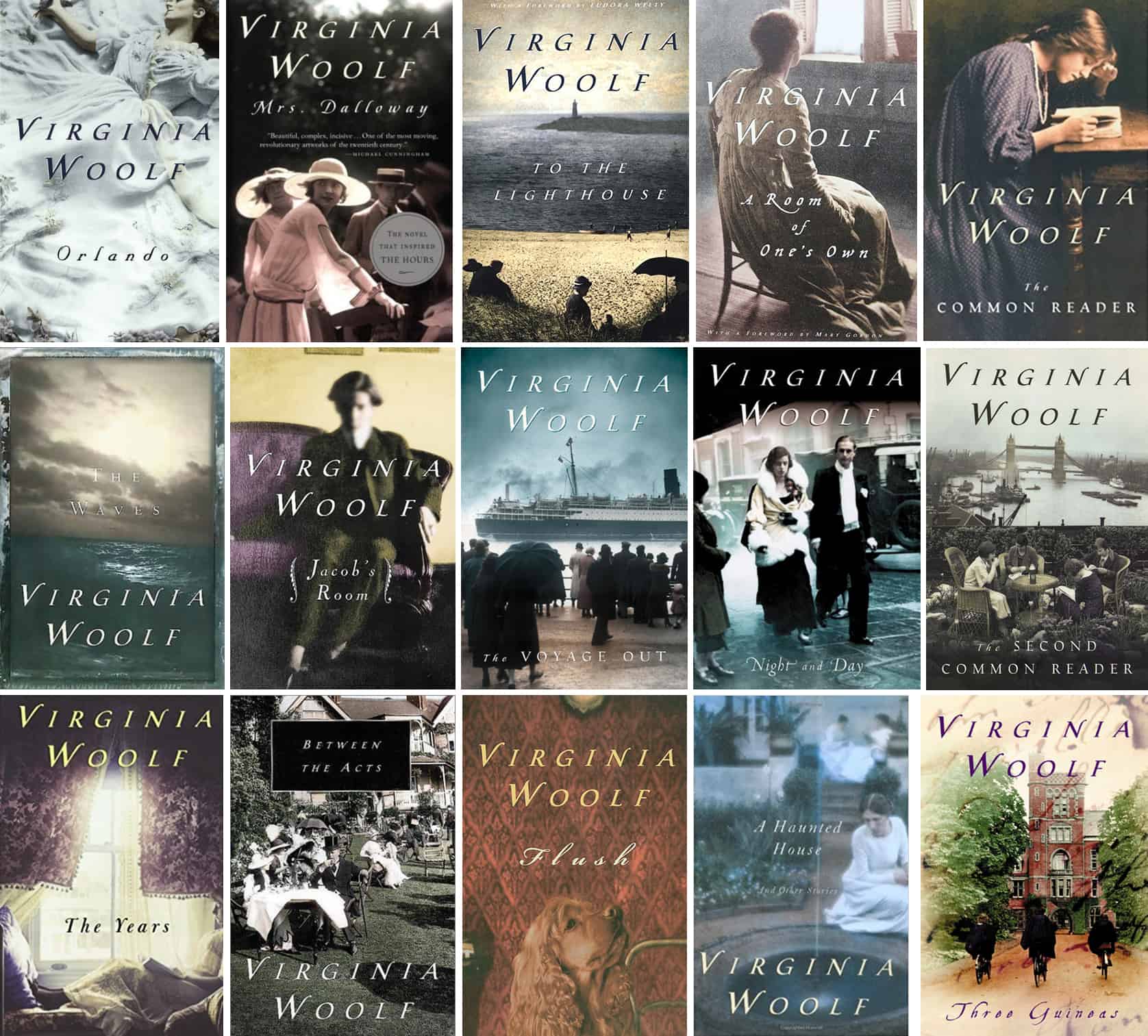
Virginia Woolf became a prominent novelist and writer during the early 20th century, actively contributing to the modernist movement with her distinctive narrative techniques. Notable for her works Mrs. Dalloway (1925) and To the Lighthouse (1927), Woolf’s fiction often utilizes the stream-of-consciousness style, allowing readers to experience the characters’ thoughts and emotions intimately.
Her novel The Waves (1931) further exemplifies this technique, presenting a series of soliloquies from six characters, which create a rhythmic, almost poetic, exploration of human consciousness. Besides her fiction, Woolf was also a prolific essayist. In works like A Room of One’s Own (1929), she addressed issues of female authorship and financial independence, positing that a woman must have money and a room to write fiction.
Alongside her literary pursuits, Woolf and her husband, Leonard Woolf, founded the Hogarth Press in 1917. The Press was instrumental in publishing her works and those of other significant writers of the time, becoming a central element in proliferating modernist literature.
Her literary works and role in the Hogarth Press prominently positioned Woolf within the modern literary canon and impacted writing styles and feminist literary criticism.
Virginia Woolf’s Awards and Achievements
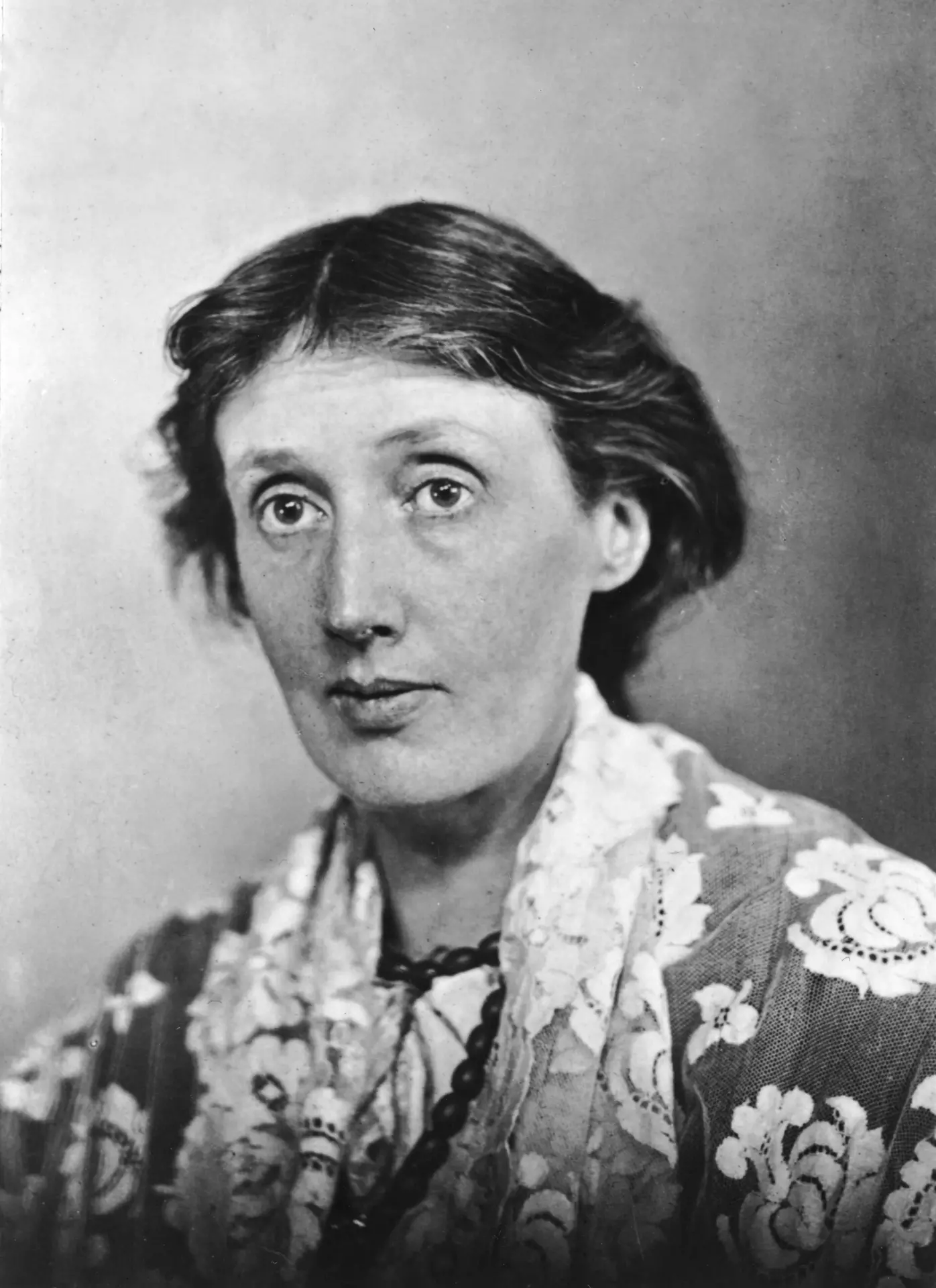
Virginia Woolf was an influential figure in modernist literature, with a highly prolific output that included nine novels, a play, extensive essays, memoirs, and short stories. Her impact on literary culture extends beyond her written works, as she was an integral member of the Bloomsbury Group—this collective significantly influenced art and literature in the early 20th century in England.
Among her notable achievements, Woolf’s novel “To the Lighthouse” is frequently acknowledged as a critical work that helped reshape modern narrative through its structure and style. Her essay “A Room of One’s Own” remains seminal in feminist literary criticism.
While concrete awards such as the Nobel Prize in Literature eluded her, Woolf’s influence can be partly measured by the Prix Femina Vie Heureuse, which she received in 1927 for her novel “To the Lighthouse.” This accolade was a testament to her standing as a prominent and respected writer within the literary circles of her time. It was not just her contemporary peers, like T.S. Eliot and Lytton Strachey, who recognized her talent but also the broader literary community.
Additionally, Woolf’s contributions were not limited to the written word. The intellectual milieu of London, where she lived and worked, was shaped by her presence and her works during the interwar period, a time of significant social change and upheaval due to the impact of war and the evolving discourse on gender equality. Her legacy, built on a foundation of artistic innovation and social commentary, secured her a respected place in the literary canon of England and across the world.
Virginia Woolf’s Controversies
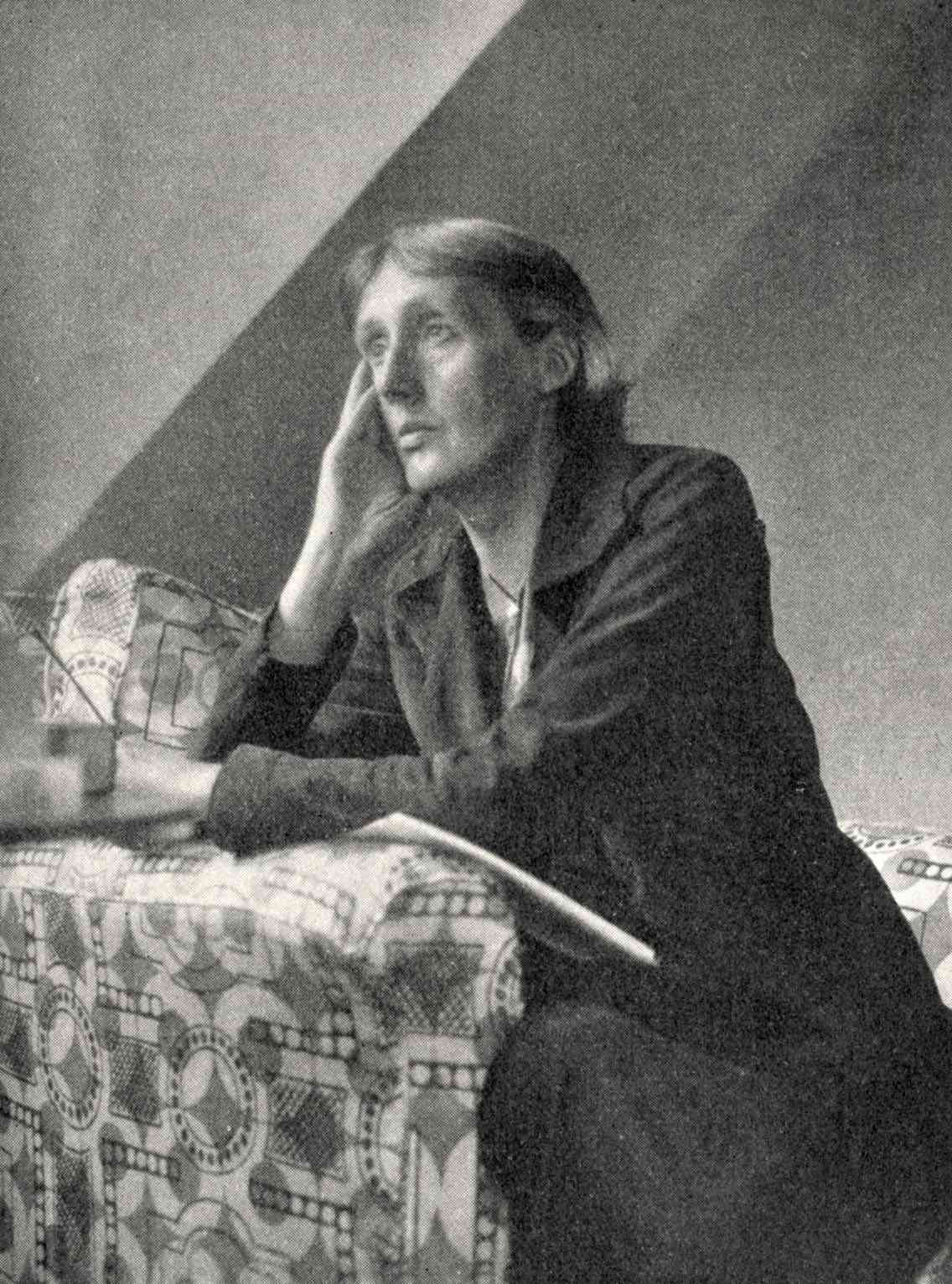
The legacy of Virginia Woolf is complex, marked by her significant contributions to literature and concerns about her personal views. Woolf, a prominent English novelist known for pioneering the stream-of-consciousness literary technique, has had her work studied extensively in academic circles and translated globally.
Yet, recent scrutiny has arisen regarding Woolf’s diaries, which contain statements that are now considered racist. Woolf participated in a 1910 “blackface” prank with the Bloomsbury Group. Diaries reveal the usage of racial epithets, causing modern critics to label these remarks as racist.
Woolf is commemorated with statues, including a bronze bust in Bloomsbury. Camden Council is reviewing this bust for possible removal to ensure inclusivity. She is also celebrated for novels like Mrs. Dalloway and essays like A Room of One’s Own. However, controversial remarks raise debates about how to honor her legacy.
Still, scholars have defended Woolf’s literary impact as significant despite her flaws. Arguments point to Woolf’s broader, benign influence on literature and society. Camden Council’s potential solution includes attaching QR codes to statues. This enables the public to access information on the controversial aspects of historical figures.
Regardless of Woolf’s personal beliefs, her influence on literature remains undiminished. The conversation about reconciling her literary genius with her personal views continues as the world grapples with the complexities of historical figures.
Net Worth of Other Notable Authors
Emily Bronte’s Net Worth
Emily Brontë, an iconic English novelist and poet of the 19th century, lived quite detached from the concepts of wealth and celebrity as recognized today. Born on July 30, 1818, Brontë’s work was marked by a poignant intensity that only posthumously earned her recognition as a pillar of English literature. Her financial status during her lifetime was modest, and she was not known to have generated substantial wealth from her writing. Brontë’s primary source of income came from her family’s parsonage and her work as a governess and teacher. Therefore, the discussions about Emily Bronte’s net worth in today’s terms can be quite speculative, primarily focusing on the cultural and literary value of her contributions rather than any financial earnings she might have accrued.
E.L. James’s Net Worth
E.L. James, the author behind the Fifty Shades book series, has become a noteworthy figure in the world of literature and entertainment. Born Erika Mitchell on March 7, 1963, in London, England, she initially achieved fame through her Twilight fan fiction before her work evolved into the Fifty Shades trilogy. The success of these novels not only transformed the landscape of erotica in mainstream publishing but also led to a successful film series, further amplifying her impact on popular culture. Given the international success of her books, which have sold millions of copies worldwide, E.L. James’s financial success is considerable. Estimates report her net worth to be around $150 million as of early 2024, a testament to the massive popularity of her work. Beyond her literary pursuits, James’s personal life, including her marriage to screenwriter Niall Leonard, contributes to her narrative as a public figure. A blend of her professional accomplishments and personal experiences paints a comprehensive picture of this influential author. E.L. James’s net worth, reflecting her status in the industry, shows how her creative contributions have yielded substantial financial rewards.

